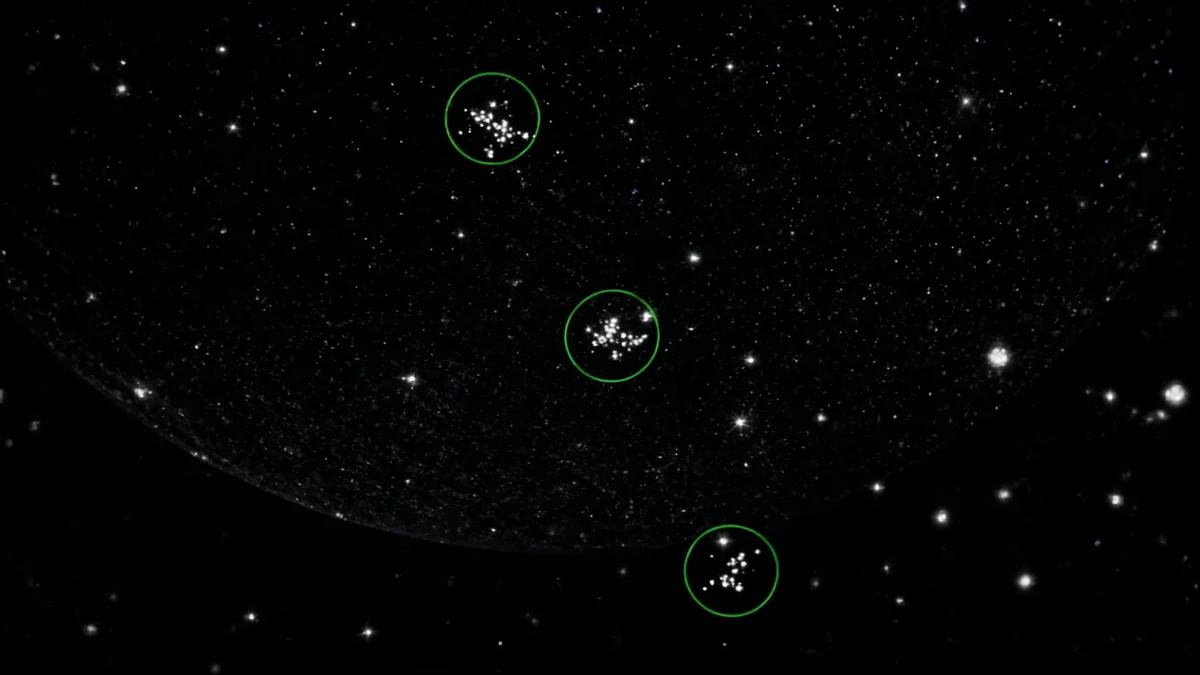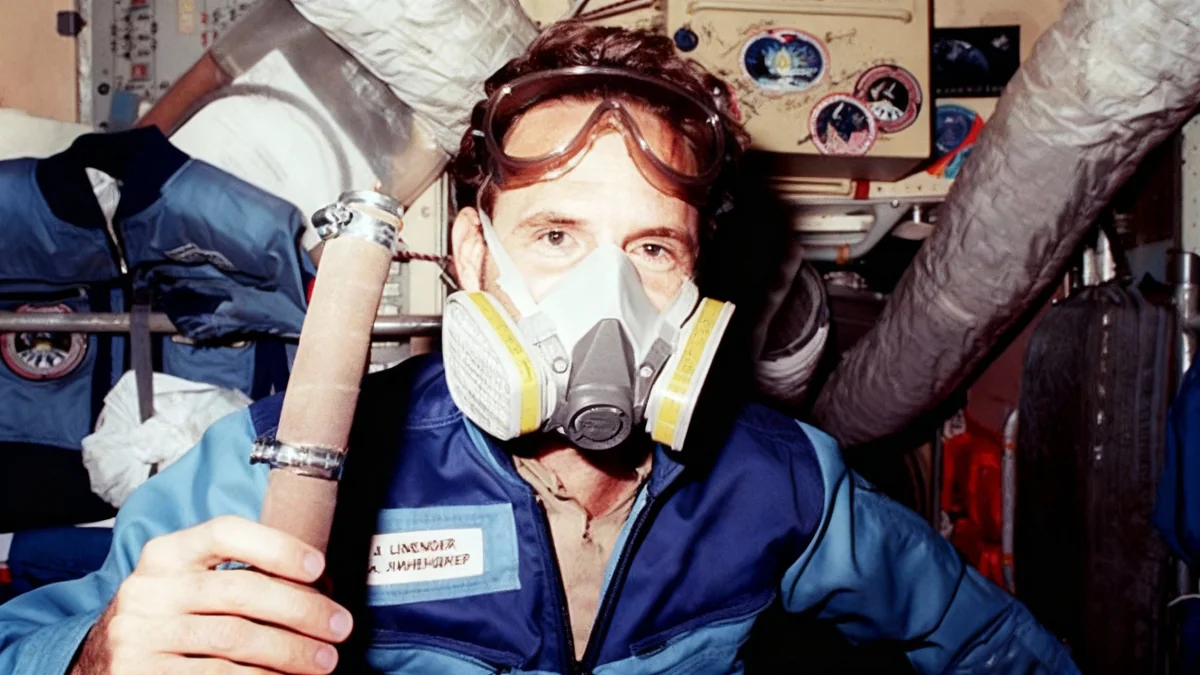The International Space Station (ISS) has achieved an unprecedented milestone, marking 25 years of continuous human presence in orbit. Since the first crew arrived on November 2, 2000, the station has served as a permanent home and laboratory for humanity beyond Earth, setting a record for uninterrupted off-planet living.
Over its two and a half decades of operation, the orbiting outpost has hosted nearly 300 individuals from 26 different countries, evolving from a spartan three-room module into a sprawling complex the size of a football field. As the ISS enters its final years, its legacy of scientific discovery and international cooperation is paving the way for a new era of commercial space stations.
Key Takeaways
- The International Space Station has been continuously inhabited by humans for 25 years, a record in space exploration.
- Nearly 300 people from 26 nations have visited the station, including professional astronauts, tourists, and a film crew.
- The ISS is scheduled for decommissioning in early 2031, with private companies developing successor stations.
- Despite its success, the station has faced significant challenges, including technical failures and the growing threat of space debris.
A Quarter-Century Above Earth
The unbroken chain of human habitation began when NASA astronaut Bill Shepherd and Russian cosmonauts Sergei Krikalev and Yuri Gidzenko docked their Soyuz capsule with the fledgling station. They arrived to a dark, cold, and basic three-module structure, spending nearly five months bringing it to life.
Shepherd, a former Navy SEAL who served as the first station commander, reflects on the station's longevity with surprise. "The fact that it’s more than twice its design life on a lot of things is pretty remarkable," he noted, highlighting the engineering achievement of keeping the complex operational for so long.
Life aboard the ISS has transformed dramatically since those early days. What Shepherd's crew experienced as a rough-and-ready outpost is now a sophisticated facility with advanced laboratories, an internet phone for personal use, and the famous glass-domed cupola that provides stunning views of Earth.
"It’s a four-star hotel now. You couldn’t ask for better accommodations, at least in space."
- Bill Shepherd, First ISS Commander
An International Hub in Orbit
The ISS is arguably one of the most successful examples of international collaboration in history. Despite geopolitical tensions on the ground, the partnership between the United States, Russia, Europe, Japan, and Canada has remained steadfast in orbit.
According to Shepherd, while national-level relations between the U.S. and Russia can be strained, the professional relationships remain strong. "Person to person and even space agency to space agency, they’re actually quite good," he explained.
Visitors by the Numbers
- Total Visitors: 290
- Represented Countries: 26
- Current Crew: 7 (U.S., Russia, Japan)
The station's guest list includes more than just government astronauts. In 2001, California businessman Dennis Tito became the first self-funded space tourist, flying with the Russians. Since then, Russia has continued to fly private clients, and NASA has also begun facilitating short-term private astronaut missions.
The Human Experience in Space
Living in orbit for months at a time presents unique personal challenges and milestones. Astronauts have celebrated marriages and the births of their children from 250 miles above Earth. Mike Fincke, who is currently on the station, dialed into his wife's delivery room during a mission over 20 years ago.
Residents have also faced profound personal hardships. In 2011, astronaut Scott Kelly was in the middle of a long-duration mission when his sister-in-law, U.S. Congresswoman Gabrielle Giffords, survived a shooting. Such events underscore the deep connection astronauts maintain with home, even from a great distance.
A Laboratory in Zero Gravity
The primary purpose of the ISS is science. Thousands of experiments have been conducted in its microgravity environment, yielding insights that are impossible to gain on Earth. Much of this research focuses on the human body.
Landmark Scientific Studies
One of the most famous experiments was NASA's Twins Study, which compared astronaut Scott Kelly during his year-long mission to his identical twin brother, Mark, on Earth. The study provided valuable data on how long-term spaceflight affects the human body at a genetic level.
Medical monitoring is constant. Several years ago, an astronaut developed a blood clot in their jugular vein while in orbit. Doctors on the ground were able to guide treatment remotely until the crew member returned safely to Earth. This incident led to improved health screening and treatment protocols for future missions.
Beyond human biology, the station has been a platform for astronomy, materials science, and Earth observation. A cosmic particle detector installed on its exterior continues to search for evidence of dark matter and antimatter.
Navigating the Dangers of Orbit
Maintaining a continuous human presence in space is not without risk. Former NASA Administrator Jim Bridenstine emphasized that operations may appear routine, but "there’s nothing routine about it."
The station has endured several serious incidents:
- A spacewalker's helmet filled with water, leading to a near-drowning.
- A docking mishap sent the entire station into an uncontrolled spin.
- Persistent air leaks and cracks have required ongoing repairs.
- The threat from space junk is constant and growing, forcing the station to perform avoidance maneuvers periodically.
Recently, the challenges of spaceflight were highlighted when astronauts Butch Wilmore and Suni Williams became stranded on the station for months after their Boeing Starliner capsule experienced technical problems. Their planned one-week test flight turned into an extended stay of over nine months before a return was arranged via a SpaceX vehicle.
The Final Chapter and Beyond
The International Space Station is scheduled to operate until 2030, after which it will be carefully deorbited. NASA has awarded SpaceX a contract worth nearly $1 billion to develop a vehicle that will guide the massive structure to a fiery reentry over a remote area of the Pacific Ocean in early 2031.
However, this will not be the end of human presence in low-Earth orbit. NASA is actively fostering a commercial space economy to avoid a gap in orbital access.
Private companies like Axiom Space are already building the next generation of space stations. Axiom plans to first attach its commercial modules to the ISS. Before the station is retired, these modules will detach and become a new, free-flying commercial outpost. NASA's goal is to become just one of many customers for these new orbital platforms, purchasing services for research and astronaut training.





